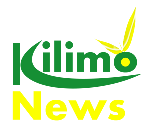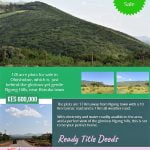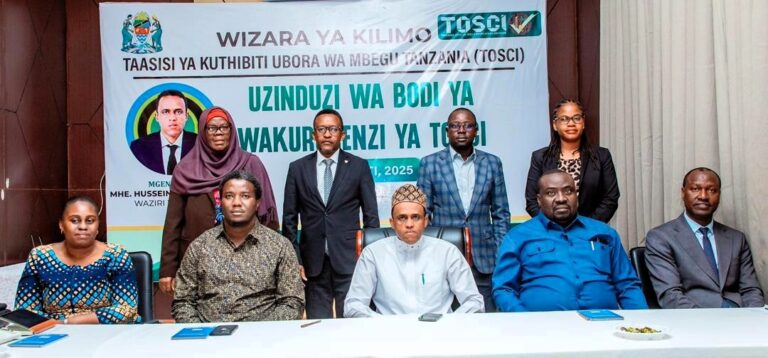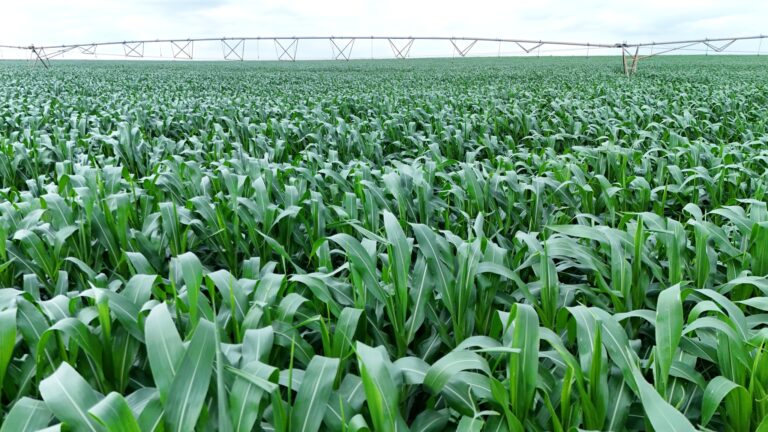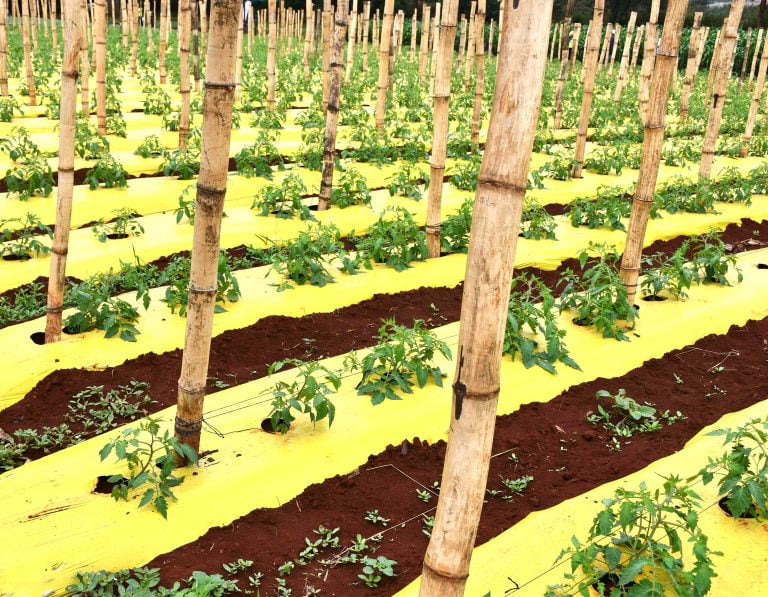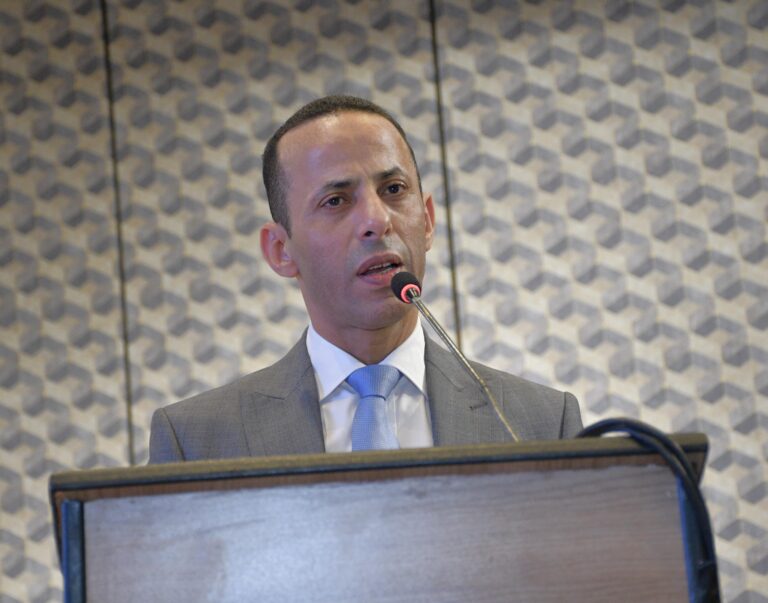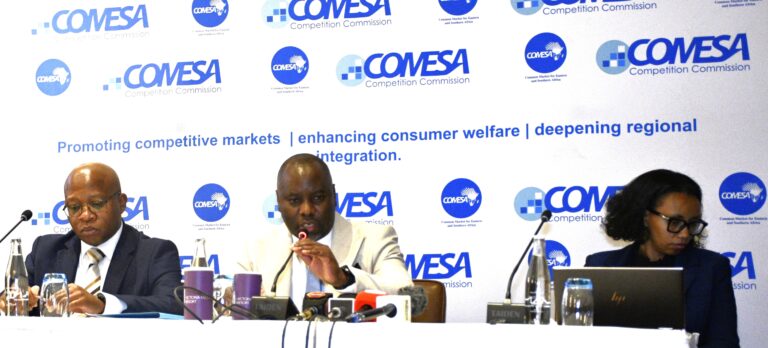By Kimuri Mwangi
About 130 million out of a total of 610 million people in the Common Market for Eastern and Southern Africa (COMESA) region are food insecure, experiencing chronic poverty and hunger. This has been largely attributed to limited access to quality and improved seeds among smallholder farmers.
According to COMESA statistics, out of the 90 million smallholder farmers in the region, only 20 per cent have access to quality and improved seeds. The same data reveals that while the total seed market potential in the region is estimated at 2 million metric tonnes (MT) of quality and improved seed, current production and access stand at less than 500,000 MT. This represents just 2 per cent of global seed production and value.
Dr. John Mukuka, the Chief Executive Officer of the Alliance for Commodity Trade in Eastern and Southern Africa (ACTESA), noted that the majority of smallholder farmers in the region still rely on recycled seeds. This has led to missed economic opportunities across the 21 COMESA Member States. He emphasized that the problem is worsened by the fragmentation of the regional seed market, where each country operates under different seed policies and regulations. As a result, seed companies must enter each national market separately, incurring high costs and experiencing lengthy delays before quality seeds reach small-scale farmers.
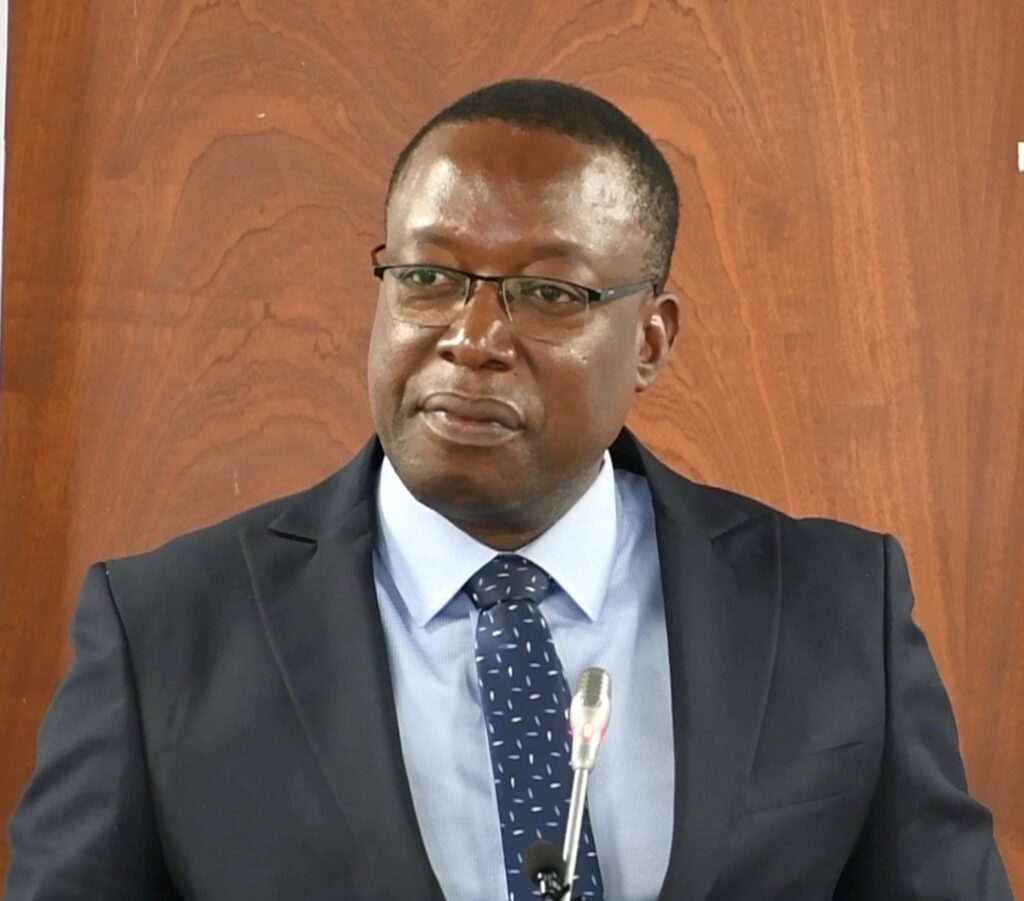
“As I’m talking right now, at ACTESA we have an order from China where they need about 40 million metric tonnes of soybeans for their feed industry, but without certified seed, it is a problem,” Dr. Mukuka said during a COMESA Seed Harmonisation Implementation Plan meeting in Nairobi. “The Chinese also want cassava, and they invited me to go to China so we can finalize an agreement with companies there. Unfortunately, I declined because we don’t have the capacity.”
The meeting, convened by ACTESA, a key COMESA institution tasked with addressing agricultural challenges in the region, aimed to explore long-term solutions to the seed access crisis.
COMESA Seed Harmonisation Regulations were approved in 2014 by the Council of Ministers. To support implementation at both national and regional levels, the COMESA Seed Harmonisation Implementation Plan (COMSHIP), with backing from the COMESA Regional Enterprise Competitiveness and Access to Markets Programme (RECAMP) under the 11th European Development Fund (EDF), is currently in effect. The goal of COMSHIP is to promote the implementation of the harmonised regulations to boost seed production, trade, and competitiveness in the Eastern and Southern Africa (ESA) region.
Dr. Mukuka reported significant progress, noting that COMESA Seed Trade Harmonisation Regulations have been officially gazetted in 11 Member States: Burundi, Egypt, Ethiopia, Eswatini, Malawi, Rwanda, Kenya, Tunisia, Uganda, Zambia, and Zimbabwe. The Democratic Republic of Congo is expected to follow by the end of May 2025.
He added that COMSHIP Standard Operating Procedures for 13 staple food crops, including barley, beans, sorghum, wheat, maize, cassava, Irish potatoes, groundnuts, soybeans, sunflower, cotton, rice, and pearl millet, have been developed with support from EU-RECAMP and AGRA. A total of 119 seed varieties have been registered by 20 seed companies and CGIAR centres in the COMESA region under the COMSHIP framework.
“Seed companies are now able to commercialize their seed without waiting the usual two to three years before approval,” Dr. Mukuka explained. Kenyan companies such as Western Seed and Kenya Seed are among those benefiting.
He congratulated the compliant countries, pointing out that once varieties are registered in the COMESA seed catalogue, regional seed authorities accept them, eliminating the lengthy testing periods previously required before commercialization. A pilot of the COMESA regional seed labels is underway, and a final agreement on their operationalization has been reached.
“Farmers will be the main beneficiaries, with access to a much larger seed catalogue,” Dr. Mukuka said. “I was in a meeting at the African Union six months ago, and saw how smallholder farmers in Uganda are now planting high-performing maize varieties from Zambia. We must do more to strengthen our seed systems and grow our economies so we are not dependent on external sources.”
He expressed appreciation to the European Union, which has committed to supporting the initiative in its next phase. “In the next two years, we need to produce no less than 10 million metric tonnes of quality and improved seeds for COMESA. With this, I can assure you, Member States will be food secure. But to operationalize the seed system across all 21 COMESA Member States, we will need more than 10 million annually.”

EDF Programme Manager Mshuka Kamwela said she was pleased with the progress achieved through EU financial support via the 11th EDF RECAMP initiative. She reaffirmed the EU’s commitment to continue supporting seed harmonisation efforts in the region.
“Under this programme, we’ve supported awareness campaigns, capacity building, and efforts by Member States to align their seed laws with COMESA Seed Trade Harmonisation Regulations,” Kamwela said. “This validation workshop demonstrates the commitment of all stakeholders to strengthening regional seed trade, improving access for smallholder farmers, and enhancing food security and agricultural transformation. Based on these achievements, we look forward to hearing more from Member States to help develop concept notes for further EU funding.”
